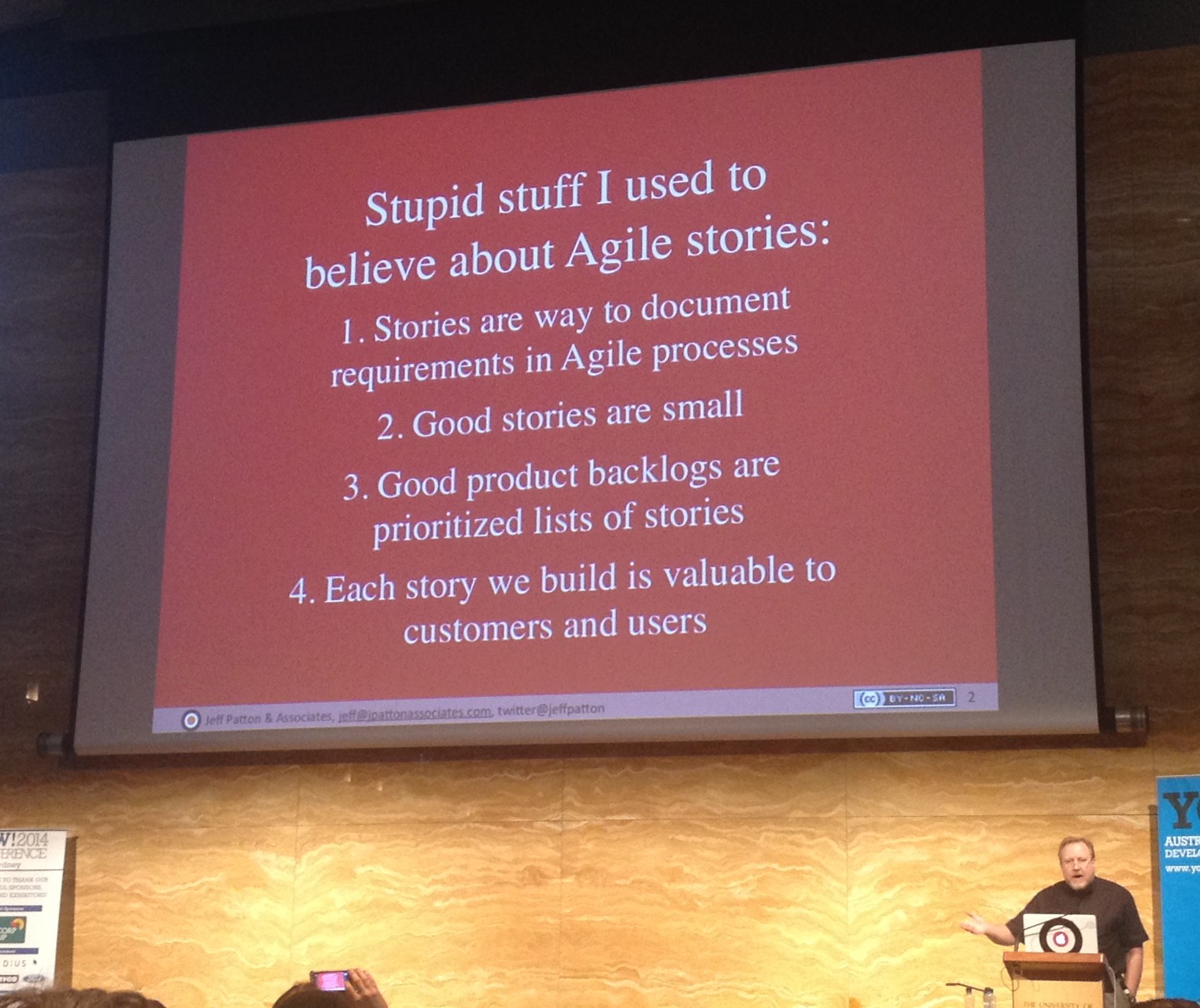Last month at the Sydney Microservices Meetup, the Meetup’s organiser, Yamen Sader, presented a great talk on “A Microservices Reference Architecture“.
My own talk on the night, which was a case study about the evolution of microservices at Tyro Payments, laid out many examples of practices and tools we’ve used, but left it for people to either follow or ignore what we’ve done as they feel led. Yamen’s talk, on the other hand, was deliberately prescriptive, describing by the end what he obviously considers to be a widely-applicable framework – a “microservice platform in a box”, if you will. (He also ranked the importance of his suggestions based on a hilarious scale of Seinfeld characters, so he could recommended some ideas more strongly than others.)
Is a Microservices PaaS In Our Future?
 Yamen’s talk, as well as being really interesting, left me wondering about the future of microservices development. In particular, it had me wondering whether, at some point in the near future, we’ll see a Microservices Platform as a Service, or MSA-PaaS. I’m now thinking… Continue reading
Yamen’s talk, as well as being really interesting, left me wondering about the future of microservices development. In particular, it had me wondering whether, at some point in the near future, we’ll see a Microservices Platform as a Service, or MSA-PaaS. I’m now thinking… Continue reading

 Scott Shaw (
Scott Shaw ( Cameron Barrie (
Cameron Barrie ( Here’s the response I sent him (fleshed out with a little more detail for this blog)…
Here’s the response I sent him (fleshed out with a little more detail for this blog)… It’s not unusual to see examples where people think they are “doing REST”, but are not. A lot of people are trying to use simple web technologies in their microservice architectures, but I suspect there’s a prevalent idea that if you are using HTTP and sending JSON back and forth, you’re doing REST, which is simply not the case. (We’re talking about the
It’s not unusual to see examples where people think they are “doing REST”, but are not. A lot of people are trying to use simple web technologies in their microservice architectures, but I suspect there’s a prevalent idea that if you are using HTTP and sending JSON back and forth, you’re doing REST, which is simply not the case. (We’re talking about the  He spent some time discussing the Palchinsky principles, from Russian engineer Peter Palchinsky as documented in
He spent some time discussing the Palchinsky principles, from Russian engineer Peter Palchinsky as documented in 
 Martin Thompson (
Martin Thompson ( A couple of weeks ago, I went along with a couple of other Tyro software engineers to hear
A couple of weeks ago, I went along with a couple of other Tyro software engineers to hear